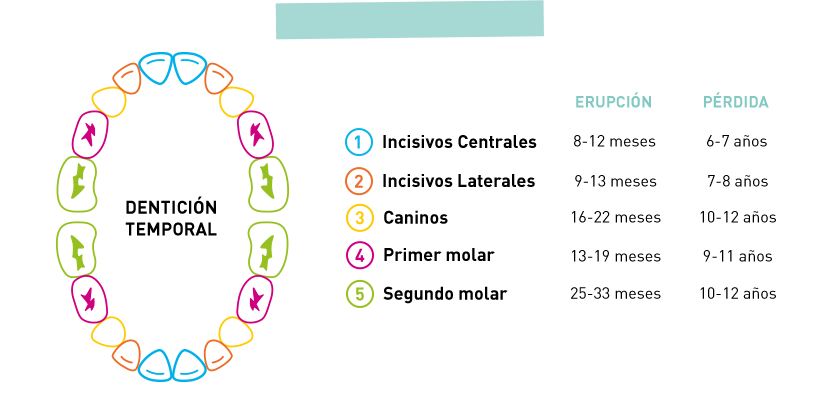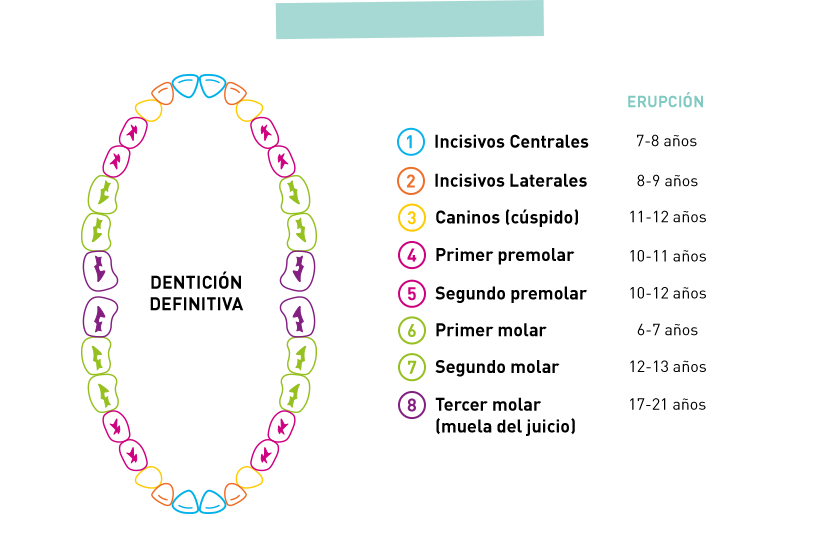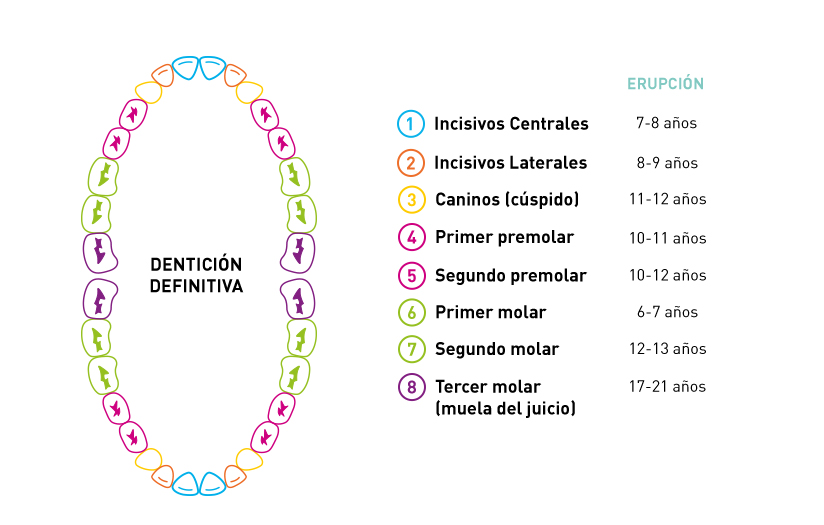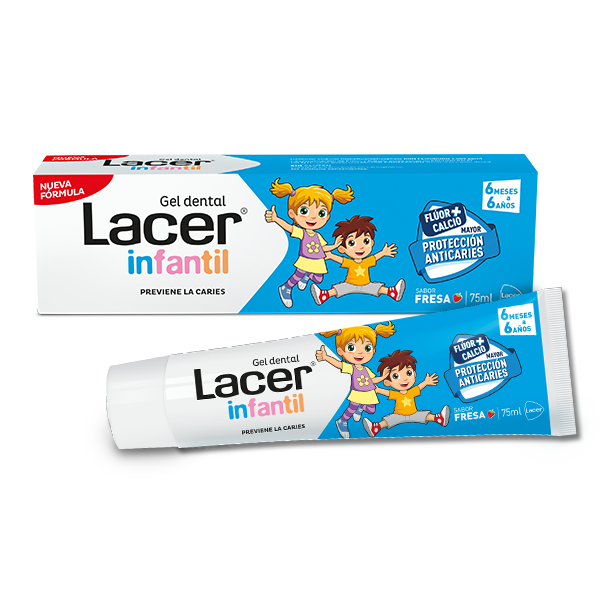Children and Young Adult’s Oral Care


Did you know that the little onescan suffer the same kind oforal issues than adults?

Yes, we can develop several dental afflictionsfrom really young age.
Tooth decay affects 29% of kids between 2 and 13 years old, reaching 42% at 11 years old. And, besides, 1 of 7 kids suffer from gum issues at 11 years old. Pay attention to the changes that their mouths undergo and making sure they have an appropriate dental hygiene is key for their future.
Secure their oral health with:
Combination Fluoride + Calcium
With Xilitol
Improves action against tooth decay
Without gluten
Without lactose
Without preservatives
Without irritant surfactants
With non cariogenic sweeteners
Recyclable packaging with screw cap
NEW FORMULAS:
More modern and effective, adequate for every age group.

NEW PACKAGING:
Completely recyclable.
BRUSHING TECHNIQUE
The concentration of bacterial plaque on the tooth surface is the main enemy of teeth, also for the little ones’.
This, produced by an accumulation of food rests, detritus and microorganisms like bacteria, is the most important factor in tooth decay emergence.
To get rid of it or prevent its emergence a correct brushing is fundamental. Therefore, once your kid acquires enough ability to brush their teeth on their own, you must teach them the brushing technique. Up to that point, is important you look after its oral hygiene.
HOW TO BRUSH THE TEETH
Hereunder we tell you how to do the Bass technique, one of the most used and appropriate to achieve a correct teeth brushing.
Rest the strand of the toothbrush along the teeth, specifically, on the tooth surface which is closer to the gums.
Incline the tip of the strands in a 45º angle towards the gums.
Without separating from the teeth, perform a smooth swinging movement (with a width smaller than a tooth) and then, drag the strands over the tooth surface and in direction towards the chewing part.
Try not to leave any area without brushing, paying special attention to gaps and spaces between teeth.

If you can faithfully follow the movements of the video, you will get an A+ brushing. Tell them to repeat this movement on every teeth!
DO YOU WANT MORE ADVICE?
Teach them the importance of keeping the subgingival furrow and the chewing parts.
Tell them to not rush and not forget cleaning the tongue to avoid bad breath. It is recommended that the brushing lasts a minimum of 2 minutes.
Tell them to think of all teeth. They must not forget any of them and brush them in depth, both their internal, external and superior or chewing parts.
Don’t let it bend. Brushing the teeth horizontally may damage their gums and neck tooth.
LET’S TALK ABOUT TOOTH DECAY
If your little one constantly cries because their teeth hurt when eating certain foods, you must visit the dentist. Maybe at first you don’t think about it because it may go unnoticed at the beginning, but they may be suffering from tooth decay.
Tooth decay is characterized by a set of reactions that provoke the softening of the hard dental tissues. If untreated, it goes from the surface to the interior and, afterwards, they may cause an irreversible destruction of the tooth. It is recommended to act as soon as possible.

Small stains of chalk-colored spots on a tooth, or the emergence of brown pigmentations on the tooth surface, may also indicate that I suffer from tooth decay.
WHEN DOES THE PAIN START
Tooth decay is not always painful, but when it does, it means it has advanced towards the interior of the tooth and has affected the flesh or internal nerve. However, not feeling pain is not always a good sign. The affliction could be very slow and destroy the tooth in a non-painful way.
When the affectation is deep, it may produce an abscess (also known as boil) that is dental tissue destroyed constituted by a bag of pus that will eventually become a big swelling and very painful.
Important: The diagnosis must always be done by a dentist.
When under suspicion of tooth decay, or when we want to know the level of affectation of the same on the tooth’s root, it is necessary to realize an exhaustive exploration of the dental pieces and/or the realization of an X-ray scan. On the scan, the affliction will show up, as well as the level and shape of the tooth decay.
CAN IT BE AVOIDED?
The answer is yes, and it’s fundamentally based on the following aspects:

Encouraging the tooth resistance through a good brushing and making a good use of mouthwash with fluorine.

Avoiding habits that cause the emergence of tooth decay, like licking their pacifier to clean it or abusing the ingestion of foods or drinks with high levels of added sugars.

Program regular revisions with their dentist to try and treat tooth decay in good time.
THE TEETHING
The appearance of your baby’s first teeth is something that you can’t forget. It’s a very exciting moment and, above anything else, decisive for you child’s future oral health.
Healthy baby teeth (primary or temporary teething) guarantee matters like:
Correct development of speech abilities.
Efficient chewing for a good digestion.
Good jaw structure and normal facial characteristics.
Keeping of the dental space that will occupy the permanent teeth.
WHAT HAPPENS DURING TEETHING AND WHAT IS NEEDED TO TAKE INTO ACCOUNT
The baby teeth, also known as milk teeth or deciduous teeth, appear between the 6 and 24 months of age and, in a lot of cases, is a painful and uncomfortable process for the baby.
There are a total of 20 pieces appearing: 10 superior and 10 inferior. Those keep their position until they fall off, approximately at 6 years old, and are substituted by the permanent teeth (adult age), normally around 13 years old.
During that period of time is very important that the parents are in charge of keeping a correct oral hygiene until the child acquires sufficient skill to do it for themselves. We need to remind that oral and dental diseases, like tooth decay, can start during infancy.
An extensive tooth decay illness or temporary tooth loss can provoke:
- Facial malformations
- Bad teeth position
- Defects on development, aspect and viability of permanent teeth.

At two years old I was already taught how to brush my teeth, the recommended age according to dentists.









